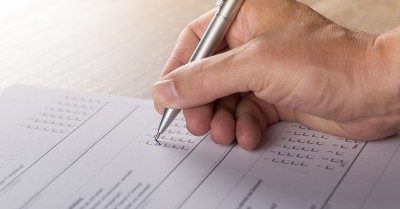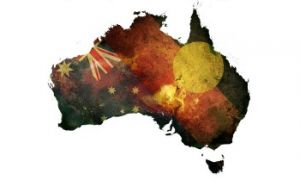Summative Assessment brings together information on what the child knows, understands and can do. You analyse this information, you tell a story and give an overview of a child's progress so far. This is the basis of summative assessment.
What is a Summative Assessment
The documentation you collect such as photos, jottings, observations, learning stories, work samples, parent input and more are used as evidence. You sum up all the documentation you have gathered through a variety of different sources, by asking how does it all fit together and how does it link to the learning outcomes. Basically you are providing an overview of all the documentation you have collected to show a cycle of planning, reflecting and evaluating and how the child's progresses over time.
When developing a summative assessment, you have a few options:
- you can use a template and write details under each learning outcome
- write a story to the child and their family which explains their achievements and what they have demonstrated develop time.
- create individual portfolios
- write a summary of learning in a learning journal for each child that they can share with their families
When writing a summative assessment it should:
- emphasise children’s strengths and make their learning visible
- draw on the family’s knowledge about their child so that the documentation
- reflects the child’s life at home as we as at the service
- be free from bias
- be written in clear, easy-to-understand
- language that makes sense to families
- reflect knowledge of the child’s social or cultural background
- occur systematically and regularly so that, over time, educators gain a complete picture of each child’s
- progress in relation to the Learning Outcomes
To complete a summative assessment, you need to plan to support further learning. This can be identified when there are gaps of information in relation to a particular learning outcome. This enables you to look for further examples and which learning outcomes to highlight and focus on during planning in the future.
Examples Of Summative Assessment
The following provides a summary of learning under each of the EYLF Learning Outcomes, that forms the Summative Assessment:





A summative assessment builds a picture of the child progress over time, through the evidence you have collected. The Learning Outcomes provides key reference points in which a child's progress can be identified and documented and shows an overall picture of a child's learning journey.
For more template ideas for Summative Assessment: EYLF Templates
You can also use our digital documentation app - Appsessment to create your own Summative Assessment. You can generate a report which will show the analysis of learning you have added for all the documentation you have created and you can use this to form your Summative Assessment.
References:
Summative Assessment, NQS Professional Learning Program E-Newsletter, 2012
ACEQA Guide To The National Quality Standards, 2011







 Here is the list of the EYLF Learning Outcomes that you can use as a guide or reference for your documentation and planning. The EYLF
Here is the list of the EYLF Learning Outcomes that you can use as a guide or reference for your documentation and planning. The EYLF The EYLF is a guide which consists of Principles, Practices and 5 main Learning Outcomes along with each of their sub outcomes, based on identity,
The EYLF is a guide which consists of Principles, Practices and 5 main Learning Outcomes along with each of their sub outcomes, based on identity, This is a guide on How to Write a Learning Story. It provides information on What Is A Learning Story, Writing A Learning Story, Sample
This is a guide on How to Write a Learning Story. It provides information on What Is A Learning Story, Writing A Learning Story, Sample One of the most important types of documentation methods that educators needs to be familiar with are “observations”. Observations are crucial for all early childhood
One of the most important types of documentation methods that educators needs to be familiar with are “observations”. Observations are crucial for all early childhood To support children achieve learning outcomes from the EYLF Framework, the following list gives educators examples of how to promote children's learning in each individual
To support children achieve learning outcomes from the EYLF Framework, the following list gives educators examples of how to promote children's learning in each individual Reflective practice is learning from everyday situations and issues and concerns that arise which form part of our daily routine while working in an early
Reflective practice is learning from everyday situations and issues and concerns that arise which form part of our daily routine while working in an early Within Australia, Programming and Planning is reflected and supported by the Early Years Learning Framework. Educators within early childhood settings, use the EYLF to guide
Within Australia, Programming and Planning is reflected and supported by the Early Years Learning Framework. Educators within early childhood settings, use the EYLF to guide When observing children, it's important that we use a range of different observation methods from running records, learning stories to photographs and work samples. Using
When observing children, it's important that we use a range of different observation methods from running records, learning stories to photographs and work samples. Using This is a guide for educators on what to observe under each sub learning outcome from the EYLF Framework, when a child is engaged in
This is a guide for educators on what to observe under each sub learning outcome from the EYLF Framework, when a child is engaged in The Early Years Learning Framework describes the curriculum as “all the interactions, experiences, activities, routines and events, planned and unplanned, that occur in an environment
The Early Years Learning Framework describes the curriculum as “all the interactions, experiences, activities, routines and events, planned and unplanned, that occur in an environment


